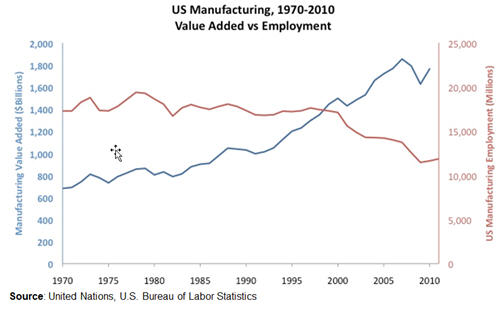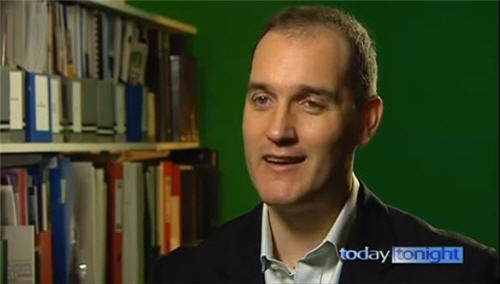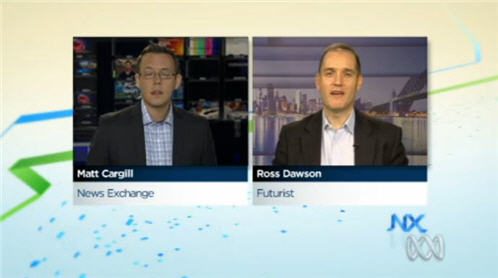Today show: when will we entrust child care to robots?
I was in Sydney over New Year (nowhere better to celebrate it!) before heading off for holidays, and was invited onto the Today national breakfast program to talk about some of the themes from my 2013 and Beyond Appearing and Disappearing framework.
Click on the image below to view a video of the segment.
One of the ideas they wanted to talk about was “robo-nannies”. We originally dreamed of robots that could do more than help with manufacturing and mechanical processes, and we are now on the verge of robots being engaged in what we consider very human functions. However there are a number of elements required before we entrust our children to robotic nannies.
Read more →




